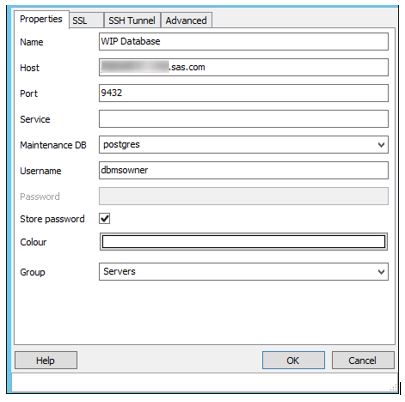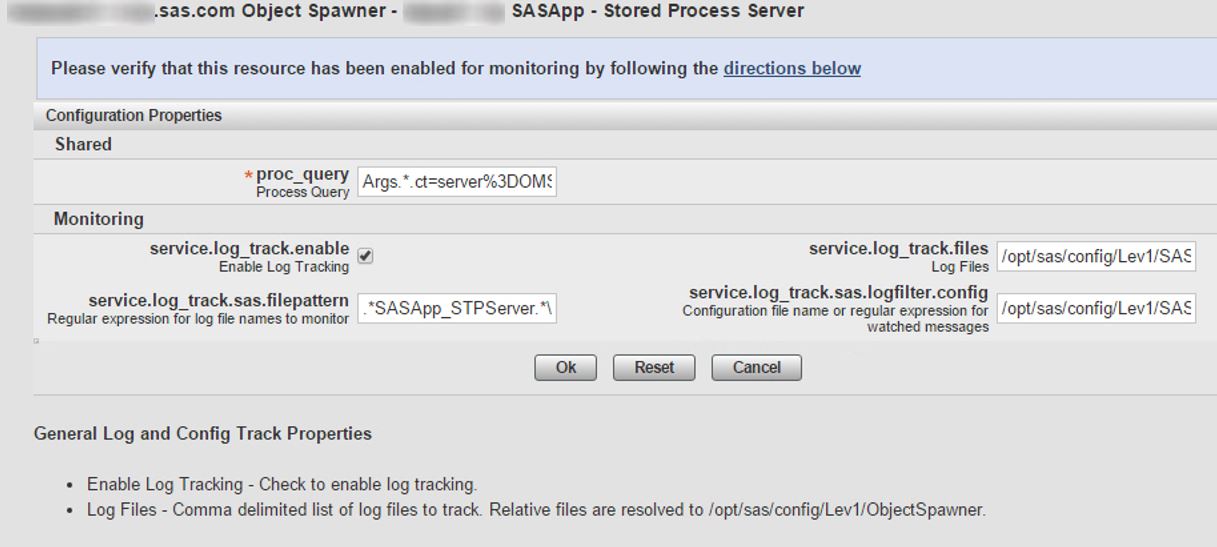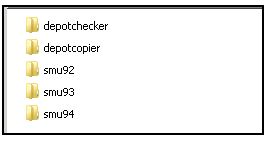
In my last blog I discussed purging audit records from the Web Infrastructure Platform SharedServices database. The blog generated a fair bit of discussion around the SAS Visual Analytics auditing data gathering and archive process. So let’s take a step back and in this blog review how data collection for auditing works and








